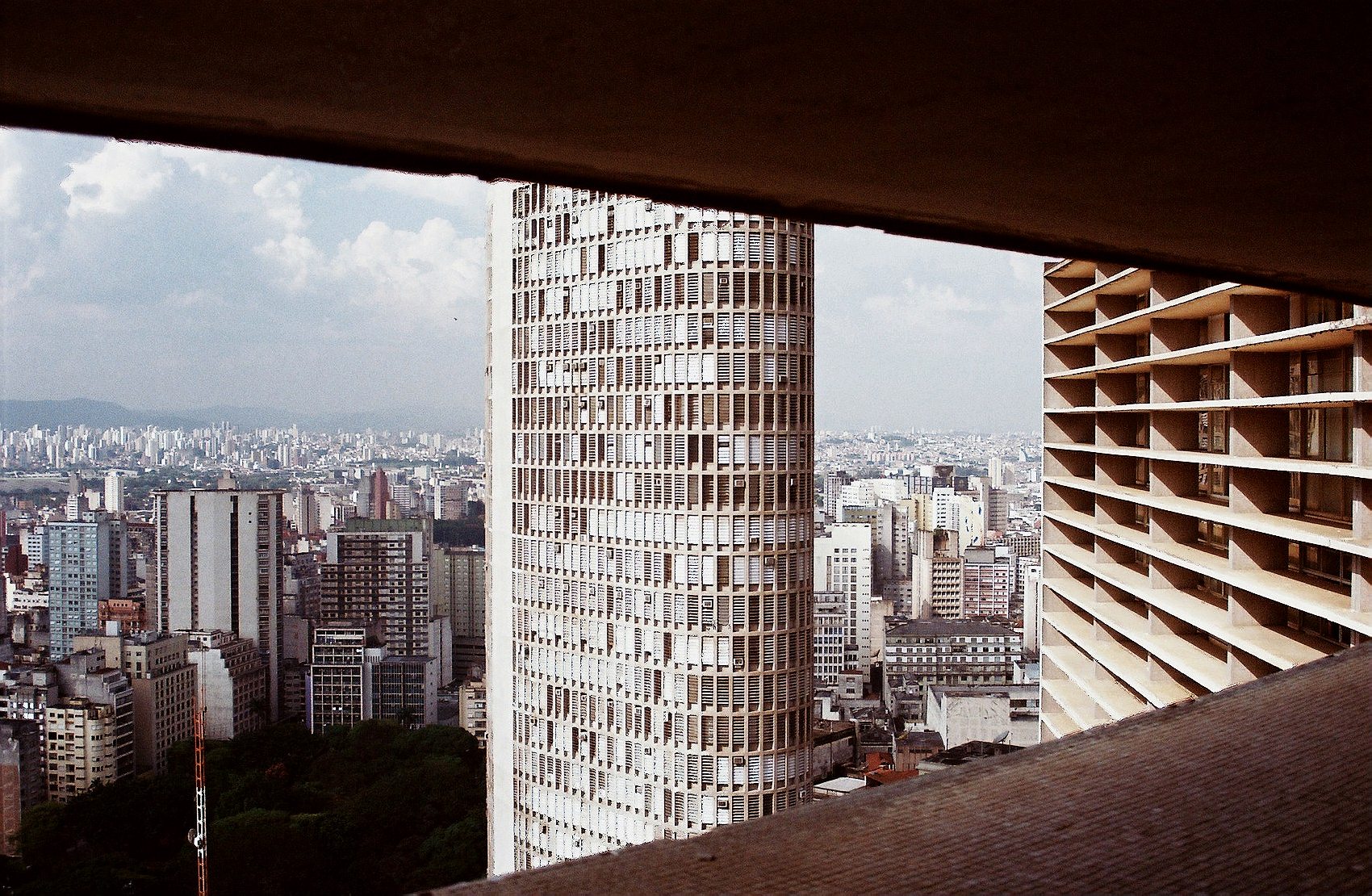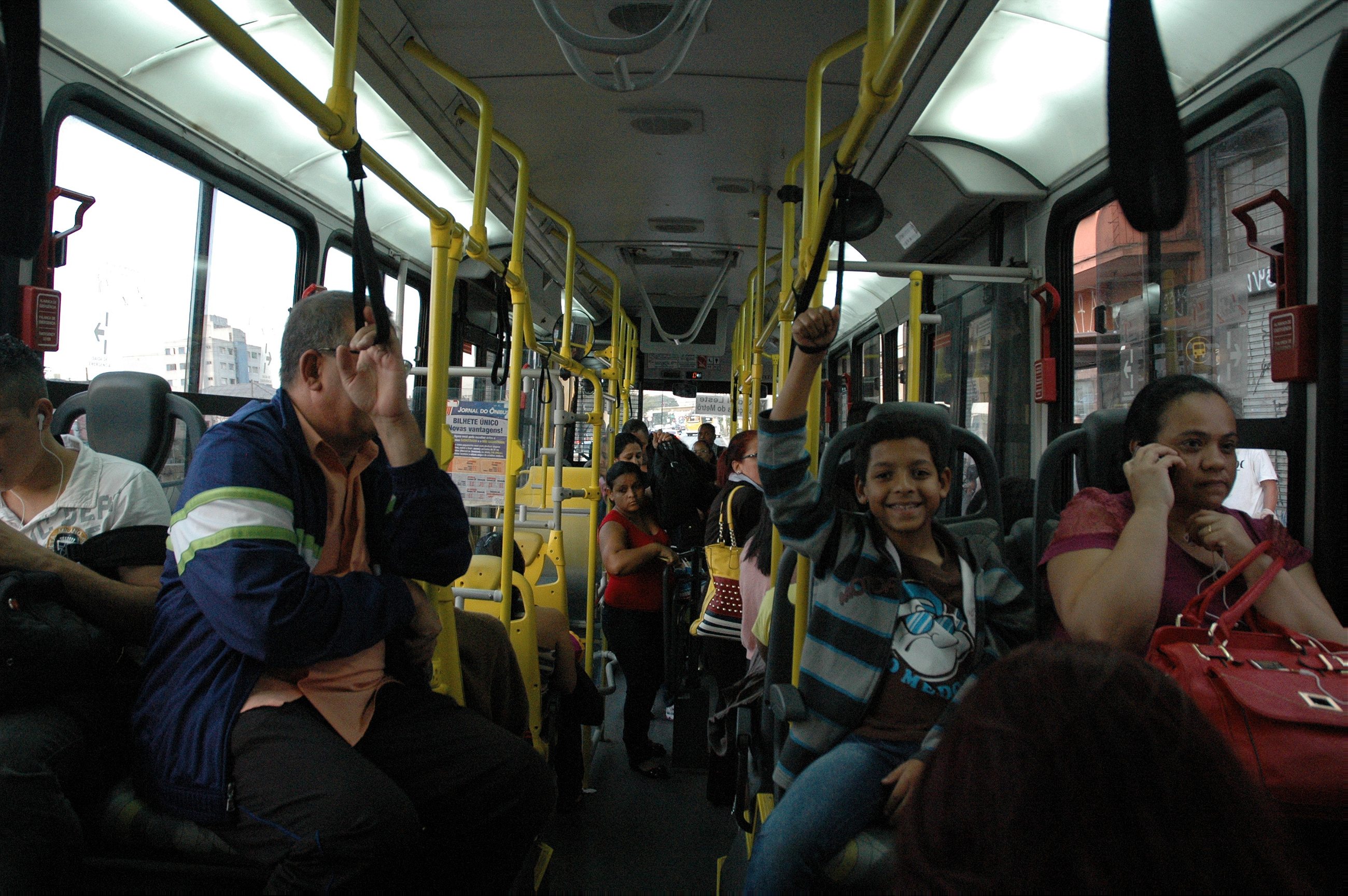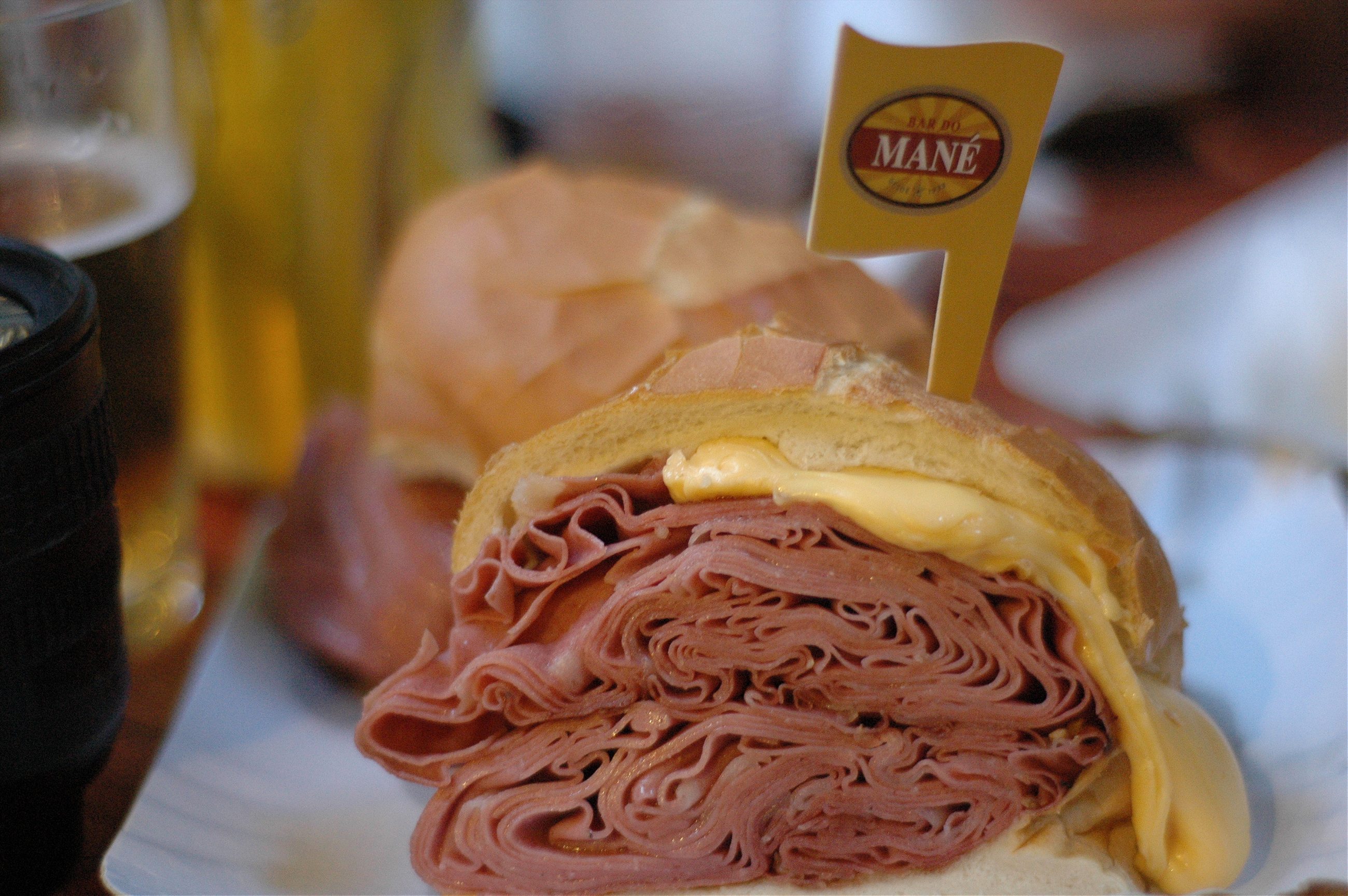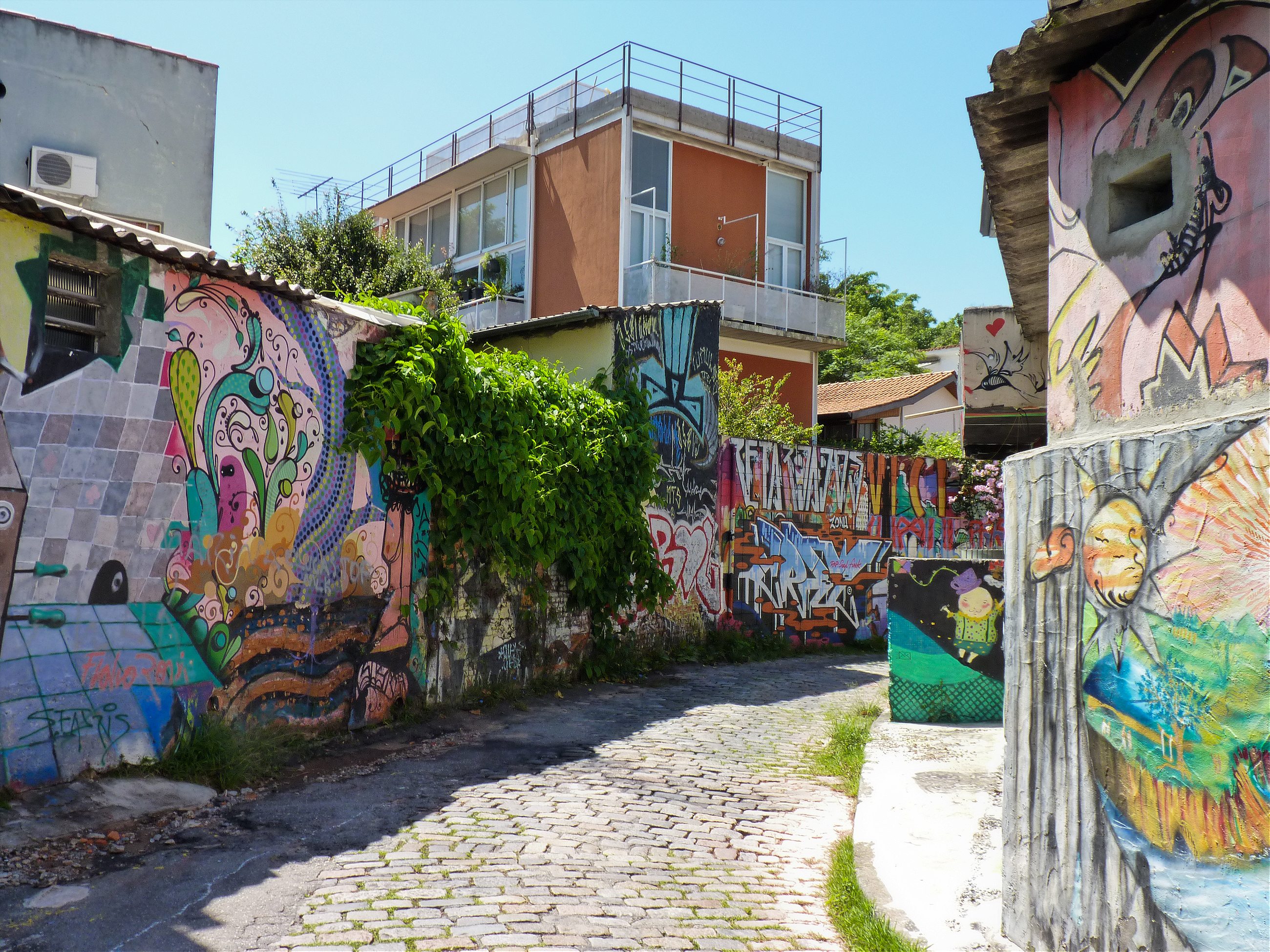A traveler’s tipsheet for deciphering one of the world’s great megacities: São Paulo, Brazil.

It is Big. Colossal big. Megalopolis big. Everything you think or feel or know about São Paulo should be informed by this ur-fact about the city: it is very, very large. There are some 20 million people living in São Paulo, and close to 30 million in the entire urban region. The city’s eight districts cover nearly 600 sq miles of southeastern Brazil. In term of sprawl and concrete and wealth and poverty and diversity it feels much like Los Angeles, except with many, many more people tucked in between all that concrete.


Take the bus. So how do you make a megacity more manageable? Crawl it on the bus lines. There are over 16,000 buses on the streets of São Paulo. They are at times crowded and creaky and bus drivers here, as in the rest of Brazil, love to take corners at high speed. But they also go places that the efficient but way-too-limited subway grid doesn’t. And they alone can cut through long-range traffic jams. The last time I was leaving the city, by way of the distant Guarulhos airport, I got out of a cab and got onto a bus in order to beat the gridlock. With dedicated bus lanes, the buses can at least move while cars stand still. I made my flight, while the suckers in their taxis missed theirs. Even smarter would have been to take one of the ultra-comfortable long-distance bus companies to my destination: Cometa, Itapemirim, 1001 and other lines can be booked easily on Clickbus.com.br and will get you into the city centers without the hassle of Brazilian air travel. São Paulo is a global city with global aspirations. But until the city actually builds into its future, the buses remain king.


Corinthians. In São Paulo, people are born into a family, perhaps a neighborhood, and definitely a soccer team. If you do not currently have a team in the city, I hereby give you Corinthians. Founded over a century ago by a group of railroad workers, it is now a pillar of Brazilian football. Home to the Bando do Loucos—the gang of crazies—the team gave the world an attacking midfielder named Sócrates and bested Chelsea for their second FIFA Club World Cup in 2012. Since the arrival of the 2014 World Cup, they and their rabid fans have a bright and shiny new home, Arena Corinthians, where I saw Uruguay strangle England and a bullying Dutch team flop their way to victory against Chile. Yes, Corinthians still has its boorishness—like a lot of Latin American clubs, they have a befuddled tradition of anti-gay slurs on every opposing goal kick—but I want to believe the team’s egalitarian history will win out: “Here we don’t have and can’t have homophobia,” the club wrote recently. “This is the people’s team.”


Ibirapuera. Ueno, Golden Gate, Tiergarten, Central Park: any great city needs a great park. Although Ibirapuera isn’t even the largest park in São Paulo, it is the green heart of an otherwise concrete city. Go for a jog around its main drive, feed the black swans, drink fresh coconut milk from one of the many vendors, whatever you’re into: just go.


Mortadella at the Market. I’m not nearly the first to recommend sitting yourself at a Bar do Mane table and drink a cold beer while you puzzle over the physics of how to fit their massive mortadella sandwich in your mouth, or how their strings of melty cheese achieved such incredible tensile strength. But just because others have trod this path before—and you will see foreigners at this place—doesn’t mean it isn’t worth it. The surrounding market is also an attraction, a well-ordered bazaar of spices, meats, fish and fruit. Buy sausages from Porco Feliz, wander the offloading warehouses in the streets beyond and feel, tourists be damned, like a local.


Paulista or Paulistano? There are two words for the locals in this region, and they can be a bit confusing. São Paulo the city is capital of São Paulo the state. If you were born in the city, you’re a Paulistano. If you were born anywhere else in the state, you’re a Paulista. It’s only a couple letters’ difference, but as with city-dwellers everywhere, there’s a certain chauvinism about being from the big city and not from some Podunk outlying town. One solution to this problem: São Paulo the city seems to be intent on absorbing everything in the neighborhood, starting with Campinas, a nearby city of over a million people that is slowing being ingested into a massive mega-metropolitan sprawl. In the future, all Paulistas may be Paulistanos as well.

Embrace the garoa. Think Brazil, and you might think skimpy samba outfits, maybe some futebol, and definitely the egg-yolk yellow sunshine that blesses the Copacabana of our imagination. You probably do not think of drizzle. But there it is, São Paulo’s most reliable product: an overcast sky and a thin rain. It earned the old nickname Cidade da Garoa, or City of Drizzle. Ask locals and they’ll say that true rainstorms are more frequent now—and cause more damage, since the city paved over all the rivers and fields that might have once absorbed heavy rainfall. But for a true São Paulo experience, put on a raincoat, walk Paulista Avenue, and wait for that one soft raindrop to find its way into your eye.

Yes, EasyTaxi. It used to be one of the great unknowns of overseas travel—the taxi. Where does one catch a cab? How much should it cost? If there’s a meter running, are you paranoid or are you actually driving in circles? Are you actually safe? Startups like Uber present a lot of problems in the U.S., but when it comes to simplifying taxi travel in some otherwise complicated places on this planet, I am a fan of EasyTaxi. Available throughout Brazil as well as in a passel of countries from Bolivia to Malaysia, EasyTaxi is Uber for the rest of the world: a simple app that lets you find a cab when you need it most.

Portuñol. Particularly if São Paulo is a jumping off point for broader travels in South America, you have to concentrate your efforts somewhere, and it’s not likely to be Brazilian Portuguese. And English won’t always get you far (one expat calls it “a city with more English schools than English speakers”). Have no fear: your Spanish can actually help here. Many locals will bravely muddle through a bit of Portuñol—part Portuguese, part Spanish—with you. I found this one of the most endearing things about Paulistanos. They are clearly secure enough with their place in the world to not take offense when foreigners arrive armed with bienvenido, not bemvindo. With a bit of careful listening and good intentions on both sides, you’ll get what you need.


Know a local. Like Los Angeles, São Paulo’s charms can remain well-hidden from the casual visitor. And it is a city of workaholics who might be too busy to stop and help a stranger unlock the secrets. The simplest solution, then, is to know someone who can take you behind the closed doors or at least entertain you while you’re all stuck in traffic. That may seem a tall order for the first-time visitor, but this is where online services, whether AirBnB or Brazilian Tinder or a more innocent MeetUp for English students, can come in handy.

Beco do Batman. São Paulo is famous for its graffiti, and for the foresight of city authorities who have let the art form grow as it should on the walls of the city. What emerged from the homegrown pixação tradition is now a full canon, and the Beco de Batman—Batman Alley—is one of the best places to view a sample. Located in the Vila Madalena district—just a short bus ride from Avenida Paulista, the central artery of São Paulo—the cobblestone alley has turned into an open-air gallery for a rotating cast of some of São Paulo’s finest street artists.


Power Baladas. The beach is too far away, and the weather isn’t all that great anyhow, so when Paulistanos need to unwind, they do it all night in any one of the countless baladas, or nightclubs. There are too many to name, and they come in a rainbow of flavors from rock to alt to EDM. If you’ve just got one night to sample, I would spend it at D Edge, Renato Ratier’s mega-electronica emporium, with its cavernous rooms and star DJs and enough lights to hold the night at bay until it really is the break of dawn.

Eat like an immigrant. The lifeblood of São Paulo is its immigrant population—enough Italians to retake the Horn of Africa, more Jews than anywhere else in South America, and the largest Japanese population in the world outside of Japan. So it makes sense that the best nourishment follows those bloodlines. Locals pride themselves on having the best pizza in the world (the drily named Oficina de Pizzas in the Vila Madalena district is a good place to start investigating that claim). The Liberdade district is the Japanese heart of São Paulo, but don’t just go there for sushi. Liberdade izakayas like Issa combine the best of Brazilian bar culture with the best of Japanese fried goodness.

The coming revolution. They have been saying that the next century will belong to Brazil for at least 300 years now. But when you look at the challenges facing our planet—from climate change to inequality to combating racism, terrorism and nationalism—Brazil offers something unique. Though protests fizzled out during the World Cup, I was impressed by the encampment of Brazilian artists and dreamers and activists who took over the park adjacent to the glibly corporatist FIFA FanFest in São Paulo. And for Brazilians’ take on their own race problems, you could do no better than Achal Prabhala’s breakdown of the Brazilian racial census on Africa is a Country. When given a chance to self-report their race beyond black and white, Brazilians named themselves everything from ‘pallid’ to ‘toasted’ to the color of gourds, sunsets, thistle or chestnut. A complex mirror for a complex people, and as good an ode to the manifold life you’ll find in one of the world’s great cities.
Top image by Julio Boaro / Flickr